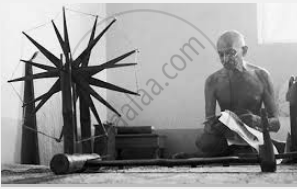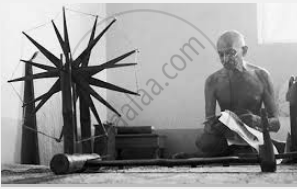Advertisements
Advertisements
Question
Match the Following:
| A | B |
| 1 Gandhiji | (a) Symbol of swadeshi |
| 2 Charkha | (b) Boycott of British goods |
| 3 Jallianwala Bagh | (c) Salt Satyagraha |
| 4 Dandi March | (d) 13 April 1919 |
| 5 Non-Cooperation Movement | (e) Truth and non-violence |
Solution
| A | Answers |
| 1 Gandhiji | (e) Truth and non-violence |
| 2 Charkha | (a) Symbol of swadeshi |
| 3 Jallianwala Bagh | (d) 13 April 1919 |
| 4 Dandi March | (c) Salt Satyagraha |
| 5 Non-Cooperation Movement | (b) Boycott of British goods |
RELATED QUESTIONS
Fill in the blank:
Gandhi spent about 22 years in _____________ as a practicing lawyer.
Fill in the blank:
After the British brutalities in Amritsar, Gandhiji declared that it would be a sin to co-operate with the __________ government.
Fill in the blanks:
When the Quit India Resolution was passed in the year ___, Gandhiji gave the Indians the mantra _________.
Match the following:
| Column A | Column B |
| 1. Quit India Movement | (a) Subhash Chandra Bose |
| 2. Forward Bloc | (b) Suppressed by the British |
| 3. World War ended | (c) Division of British India into India and Pakistan |
| 4. Mountbatten Plan | (d) 30 January 1948 |
| 5. The assassination of Gandhi | (e) 1945 |
State whether the following is true or false:
Gandhiji did not have faith in the capacity of the common masses.
State whether the following is true or false:
In 1919, General Dyer had issued an order banning all public meetings.
Choose the correct answer:
The Cripps Mission was sent to India in 1942 when the British empire was under the threat of a___________
Answer the following question briefly
With reference to Gandhiji, discuss his views on the following issues: Hindu-Muslim unity
This is the picture of an Indian leader who was known as the ‘Father of the Nation’,

Why is Mahatma Gandhi called the leader of the masses?
This is the picture of an Indian leader who was known as the ‘Father of the Nation’,

Mention the features of his non-violent struggle against the British.
